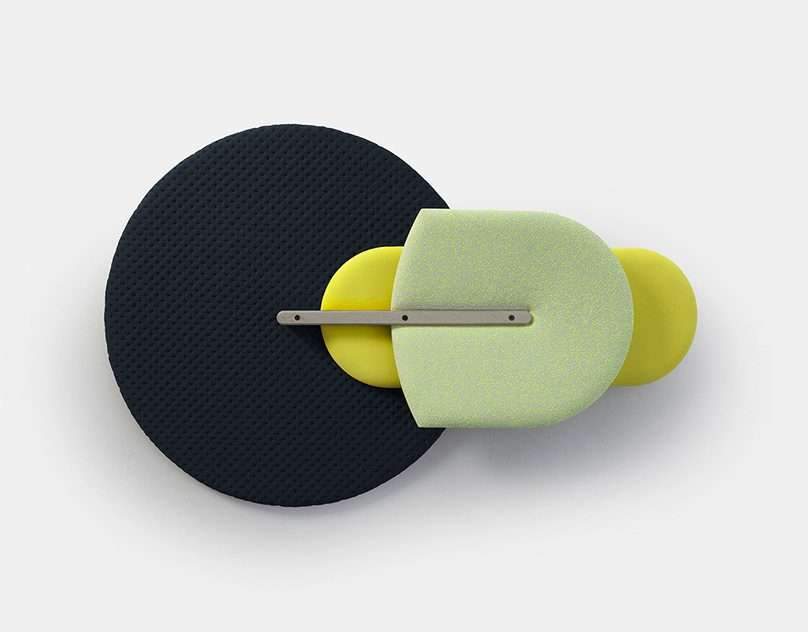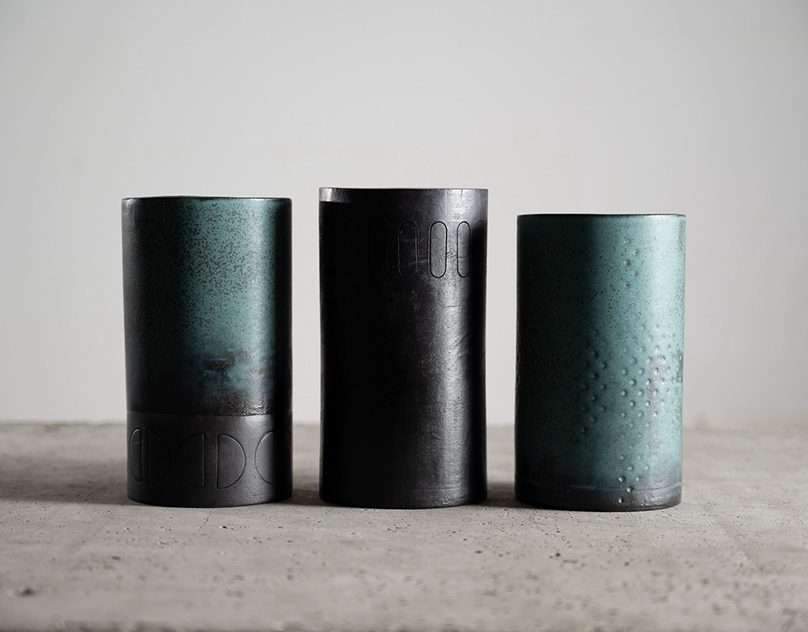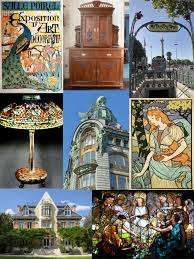Building materials have evolved significantly over time, transitioning from simple traditional options like clay and wood to advanced modern materials such as concrete and steel. This article explores the key differences between modern and traditional building materials in terms of sourcing, durability, sustainability, and applications. It also highlights the advantages and disadvantages of each type, concluding with a critical analysis from ArchUp. The aim is to provide clear, organized information to help readers understand this evolution.

Traditional Building Materials: Simplicity and Locality
Historically, humans relied on locally available materials like clay, stone, wood, and straw to construct homes. These materials were dictated by the surrounding environment, resulting in distinct architectural styles across regions. For instance, African villages used mud mixed with straw to build sturdy huts, while Europeans employed stone to construct castles.
Examples of Traditional Materials
| Material | Primary Uses | Advantages | Disadvantages |
|---|---|---|---|
| Clay | Walls, Bricks | Thermal insulation, local | Weak against moisture |
| Stone | Foundations, Walls, Flooring | High durability, timeless | Heavy, difficult to transport |
| Wood | Frames, Roofs | Flexible, easy to shape | Prone to decay, fire |
| Straw | Roofs, Insulation | Lightweight, good insulator | Flammable, less durable |
“Traditional materials like stone and clay formed the backbone of construction for centuries, valued for their local availability and ease of use in simple building techniques.”
Source: UNESCO, Traditional Building Materials Report, 2019.
Advantages and Disadvantages of Traditional Materials
Traditional materials were practical due to their availability and ease of processing with basic tools. However, they were often less resistant to environmental factors like rain or earthquakes. For example, mud-based structures in the Middle East require ongoing maintenance to prevent erosion.

Modern Building Materials: Innovation and Versatility
The Industrial Revolution introduced materials like concrete, steel, and glass, transforming building design. These materials are typically manufactured in factories and transported to construction sites, enabling their use in large-scale projects like skyscrapers and bridges.
Examples of Modern Materials
| Material | Primary Uses | Advantages | Disadvantages |
|---|---|---|---|
| Concrete | Foundations, Columns, Walls | Durable, versatile shaping | High carbon footprint |
| Steel | Frameworks, Beams | High strength, lightweight | Corrosion, high cost |
| Glass | Windows, Facades | Aesthetic appeal, transparency | Brittle, expensive |
| Aluminum | Frames, Roofs | Corrosion-resistant, light | High manufacturing cost |
“Reinforced concrete revolutionized modern construction, enabling the creation of tall, durable buildings capable of withstanding structural stresses.”
Source: American Concrete Institute, Concrete in Modern Construction, 2020.
Advantages and Disadvantages of Modern Materials
Modern materials offer superior durability and the ability to withstand significant stresses, making them ideal for large structures. However, their production often consumes substantial energy and negatively impacts the environment. For instance, cement production is one of the largest sources of global carbon emissions.
Key Differences Between Modern and Traditional Materials
- Sourcing: Traditional materials were locally sourced, while modern materials are often imported globally.
- Durability: Modern materials are generally more resistant to weather, though some traditional materials like stone have proven exceptionally durable.
- Sustainability: Modern materials are often less environmentally friendly due to manufacturing processes, while traditional materials were more sustainable.
- Aesthetics: Modern materials are designed for visual appeal as well as function, whereas traditional materials prioritized utility.


ArchUp’s Perspective: A Critical Analysis
From ArchUp’s viewpoint, modern materials have transformed construction, but they come with notable drawbacks. The heavy reliance on concrete and steel has increased the carbon footprint, necessitating the exploration of sustainable alternatives. For example, using treated timber or developing low-carbon concrete could be viable solutions. Conversely, traditional materials like clay and stone show significant potential for sustainable design but require modern techniques to enhance their resilience.
Critique: The architectural industry often favors modern materials over traditional ones without adequately considering their environmental costs. We believe that combining both—such as using reinforced clay with concrete—could strike a balance between durability and sustainability. This approach requires support from governments and researchers to become mainstream.


Frequently Asked Questions (FAQ)
What are the most durable traditional materials?
Stone and treated clay (e.g., fired bricks) are among the most durable traditional materials, as evidenced by the longevity of pyramids and ancient castles.
Are modern materials environmentally friendly?
Not always. Concrete and steel have high carbon footprints, but efforts are underway to develop sustainable alternatives like green concrete.
Can modern and traditional materials be combined?
Yes, combining clay with concrete or wood with steel can create durable, sustainable designs.

Summary Table of Key Points
| Aspect | Traditional Materials | Modern Materials |
|---|---|---|
| Sourcing | Local, e.g., clay, stone | Global, e.g., concrete, steel |
| Durability | Variable, stone is highly durable | High, but depends on maintenance |
| Sustainability | Generally eco-friendly | Often unsustainable due to production |
| Aesthetics | Functional over aesthetic | Designed for both appeal and function |
| Applications | Walls, roofs, flooring | Large structures, windows, facades |






![Dam[담] Bookend](https://archup.net/wp-content/uploads/2022/06/29296-dameb8bb4-bookend.jpg)
